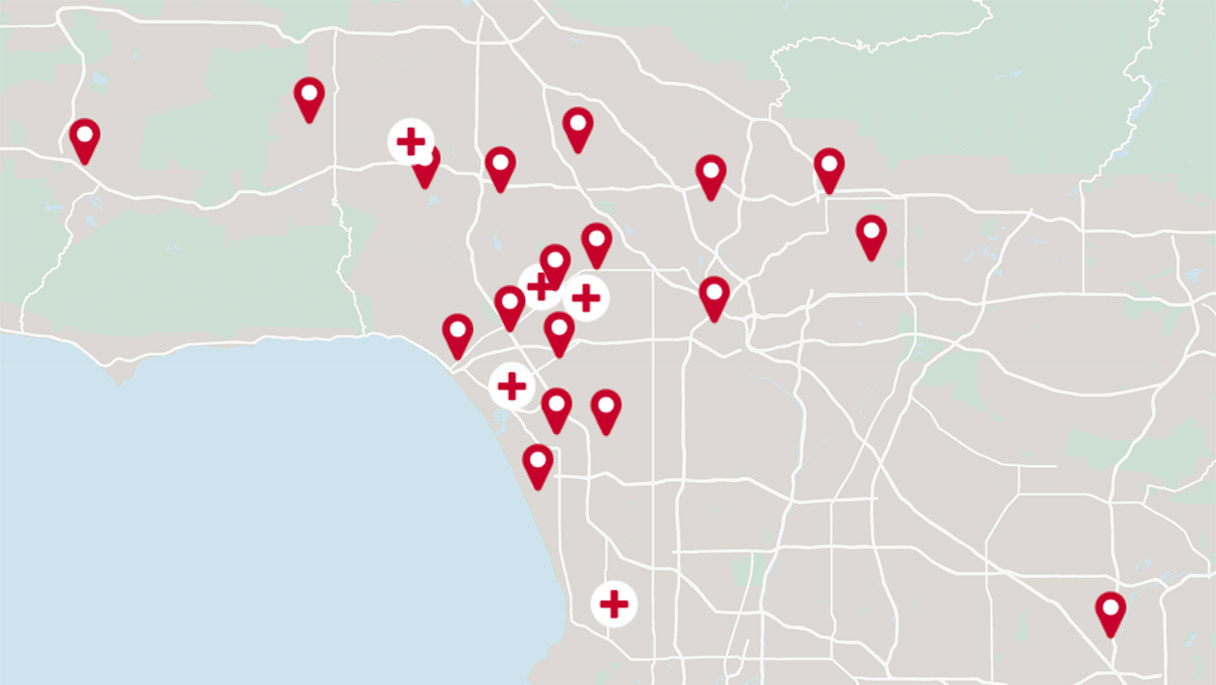Sacroiliac Joint Dysfunction
Overview
Dysfunction in the sacroiliac joint is thought to cause low back pain and/or leg pain. The leg pain can be particularly difficult and may feel similar to sciatica or pain caused by a lumbar disc herniation. The sacroiliac joint lies next to the bottom of the spine, below the lumbar spine and above the tailbone (coccyx). It connects the sacrum (the triangular bone at the bottom of the spine) with the pelvis (iliac crest).
The joint typically has the following characteristics:
- Small and very strong, reinforced by strong ligaments that surround it
- Does not have much motion
- Transmits all the forces of the upper body to the pelvis (hips) and legs
- Acts as a shock-absorbing structure
Symptoms
The most common symptoms for patients are lower back pain and the following sensations in the lower extremity: pain, numbness, tingling, weakness, pelvis/buttock pain, hip/groin pain, feeling of leg instability (buckling, giving way), disturbed sleep patterns, disturbed sitting patterns (unable to sit for long periods, sitting on one side), pain going from sitting to standing.
Causes and Risk Factors
While it is not clear how the pain is caused, it is thought that an alteration in the normal joint motion may be the culprit that causes sacroiliac pain. This source of pain can be caused by either:
Too much movement (hypermobility or instability): The pain is typically felt in the lower back and/or hip and may radiate into the groin area.
Too little movement (hypomobility or fixation): The pain is typically felt on one side of the lower back or buttocks and can radiate down the leg. The pain usually remains above the knee, but at times pain can extend to the ankle or foot. The pain is similar to sciatica — or pain that radiates down the sciatic nerve — and is caused by a radiculopathy.
Diagnosis
Accurately diagnosing sacroiliac joint dysfunction can be difficult because the symptoms mimic other common conditions, including other mechanical back pain conditions like facet syndrome and lumbar spine conditions including disc herniation and radiculopathy (pain along the sciatic nerve that radiates down the leg). A diagnosis is usually arrived at through physical examination (eliminating other causes) and/or an injection (utilized to block the pain).
Treatment
Treatments for sacroiliac joint dysfunction are usually conservative (meaning nonsurgical) and focus on trying to restore normal motion in the joint:
- Ice, heat and rest.
- Medications: acetaminophen, as well as anti-inflammatory medications (such as ibuprofen or naproxen) to reduce the swelling that is usually contributing to the patient's pain.
- Manual manipulation provided by a chiropractor, osteopathic doctor or other qualified health practitioner may help. This can be highly effective when the sacroiliac joint is fixated or "stuck." It may be irritating if the sacroiliac joint is hypermobile. The manipulation is accomplished through a number of methods, including (but not limited to): side-posture manipulation, drop technique, blocking techniques and instrument-guided methods.
- Supports or braces for when the sacroiliac joint is "hypermobile," or too loose.
- Controlled, gradual physical therapy may be helpful to strengthen the muscles around the sacroiliac joint and appropriately increase range of motion. In addition, any type of gentle, low-impact aerobic exercise will help increase the flow of blood to the area, which in turn stimulates a healing response. For severe pain, water therapy may be an option, as the water provides buoyancy for the body and reduces stress on the painful joint.
- Sacroiliac joint injections.
When these treatments fail, surgery may be offered. In surgery, one or both of the sacroiliac joints may be fused with the goal of eliminating any abnormal motion.
Get the care you need from world-class medical providers working with advanced technology.
Cedars-Sinai has a range of comprehensive treatment options.


